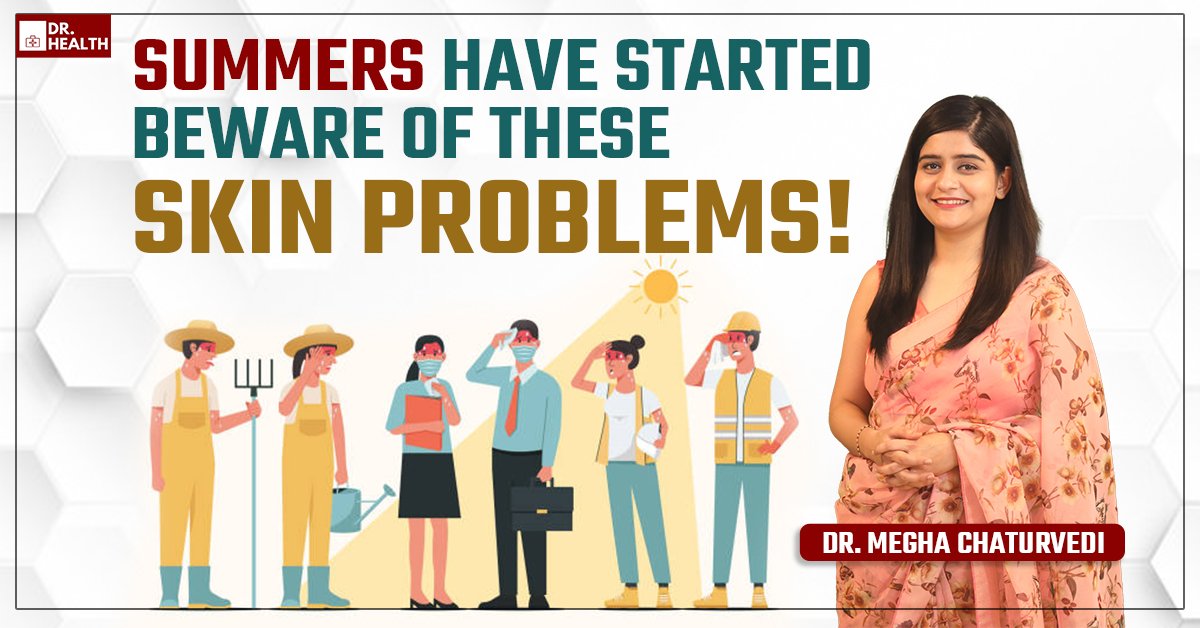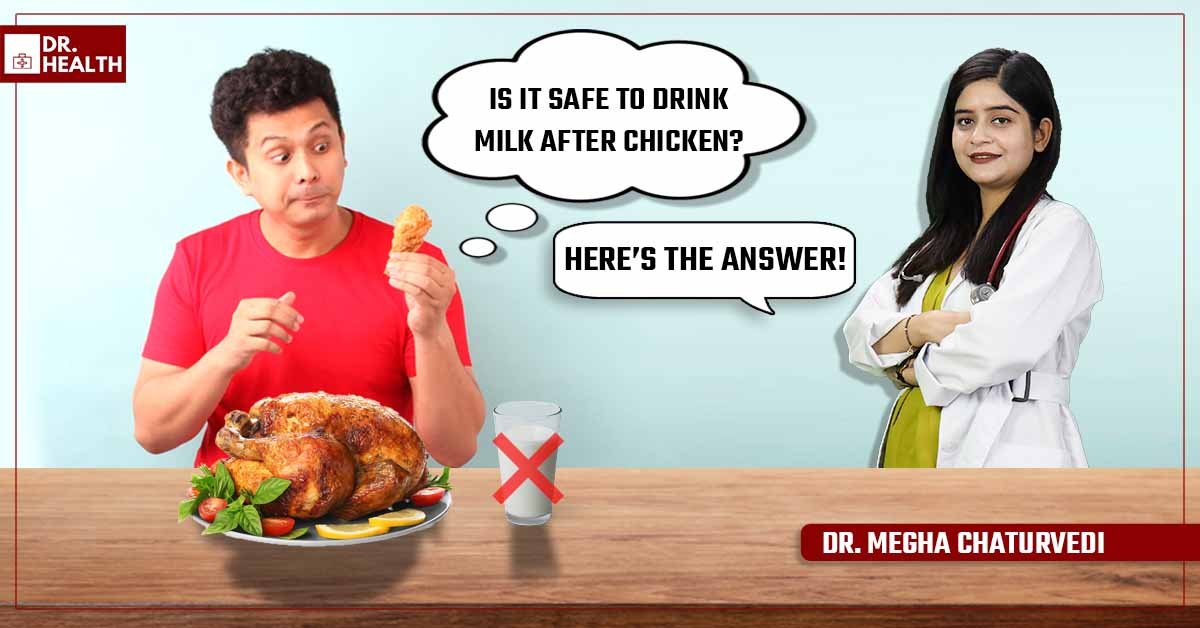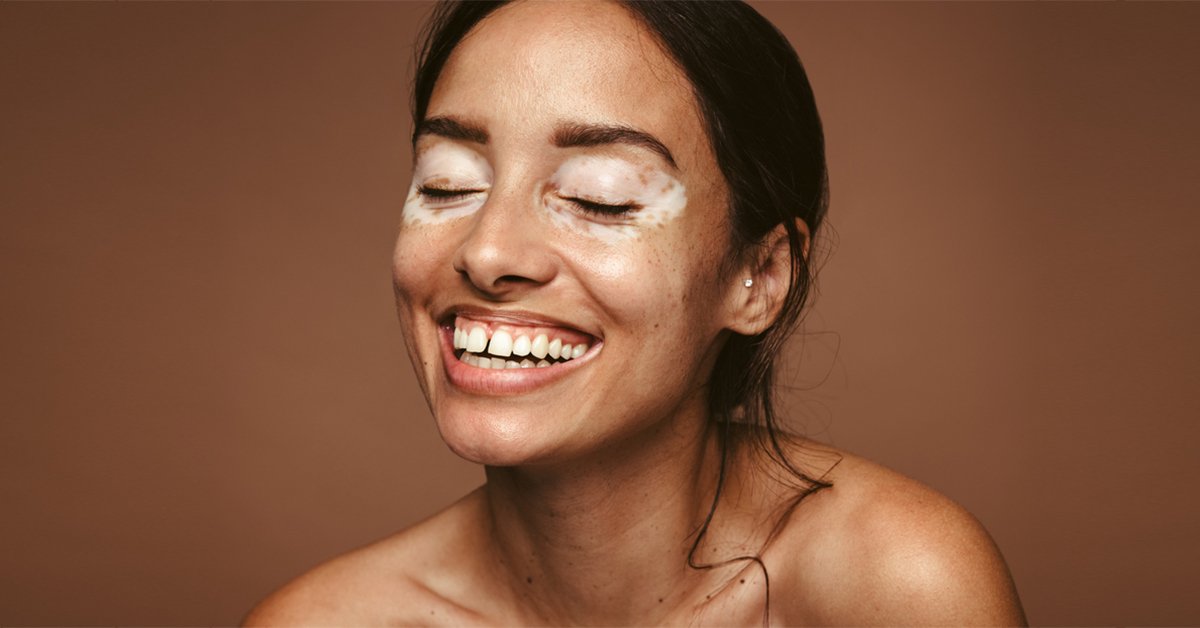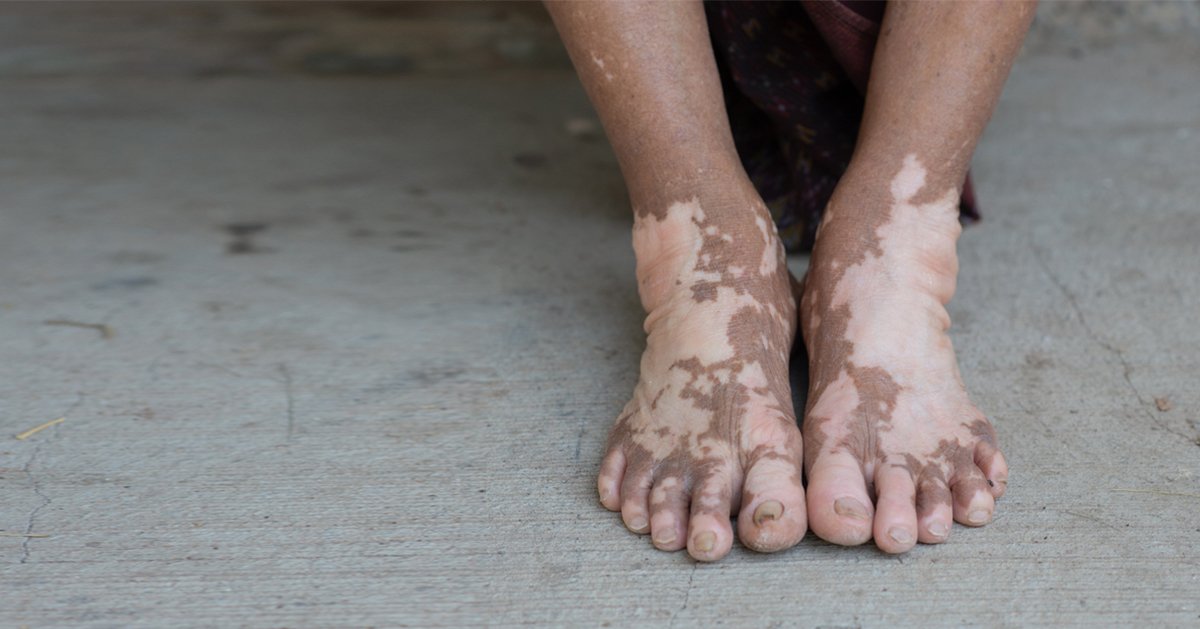Vitiligo

World Vitiligo Day 2022: कैसे करें सफ़ेद दाग (Vitiligo) से बचाव, क्या खाएं और क्या नहीं?
आजकल के समय में जहां हर रोज़ नई-नई बीमारियां अपने पैर पसार रही हैं, वहीं, आपने देखा होगा कि कई लोगों के शरीर पर सफ़ेद दाग होते हैं, जिन्हें आमतौर…

6 Common Skin Problems In Summers
When riding through these busy roads to my office, I have seen many people who are indulged in their daily work without even using any sunblocks or any accessories such…

Is It Safe To Drink Milk After Chicken? Here’s The Answer!
Do you think twice before taking milk because you had chicken or fish for lunch or dinner? It’s not just you – there are many who are uncertain about this…

Ayurveda Vitiligo Treatment
Vitiligo is a rare skin disorder that causes the skin to lose its color and form smooth white patches in different parts of the body. It is also termed as…

Vitiligo
Vitiligo is a rare skin disorder that causes loss of skin color infraction of patches. It is a long-term disease and the smooth white spots formed are due to the…